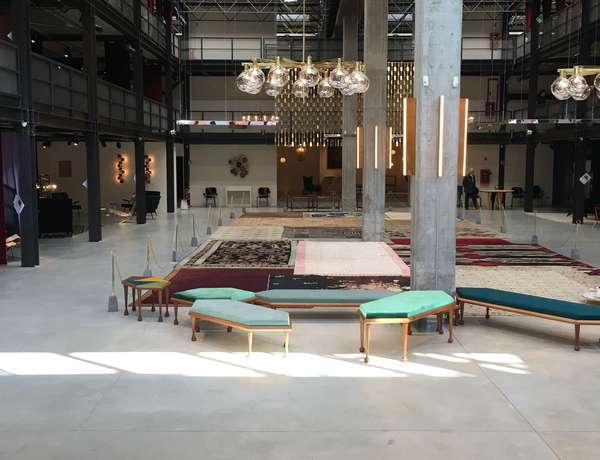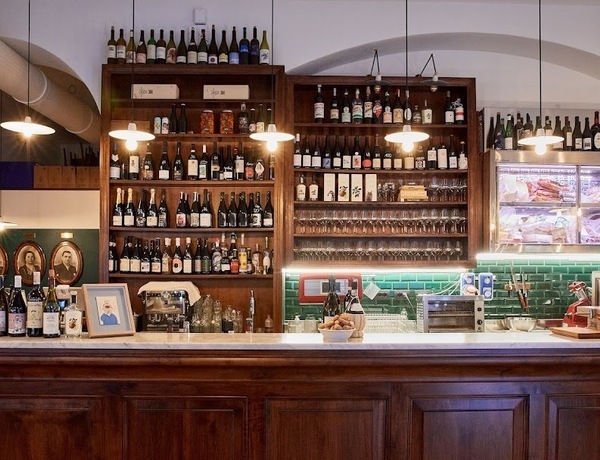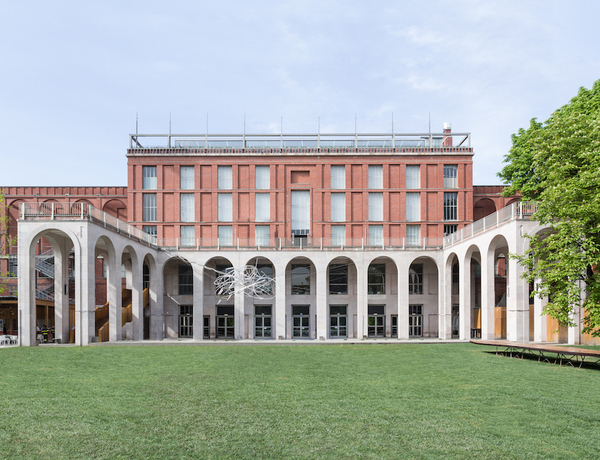
An architectural gem: immersed in an ample private garden with a swimming pool and a tennis court and set in the center of Milan, the Necchi Campiglio Villa was completed by the architect Piero Portaluppi in 1935. Commissioning the structure was the Necchi Campiglio family, part of the rich and elegant industrial middle class of Milan in the 1930s. The disposition of the interior spaces corresponds to the traditional layout of noble homes: the daytime areas on the ground floor, the bedrooms on the first floor, the service rooms in the areas under the roof, and the den as well as the changing rooms and the bathrooms for the pool in the basement. The Necchi Campiglio family wanted above all to distance themselves from the traditions of their day, and planned ample areas dedicated to the reception of guests and to the social whirl: the dining room, the smoking room, the library and the grand salon. Right after WWII, areas of the villa underwent changes effected by the architect Tomaso Buzzi, who sweetened the linearity of Portaluppi’s style, and inserted aspects inspired of the 18th century, especially those in the style of Louis the 15th of France.
Website
visitfai.it
visitfai.it





